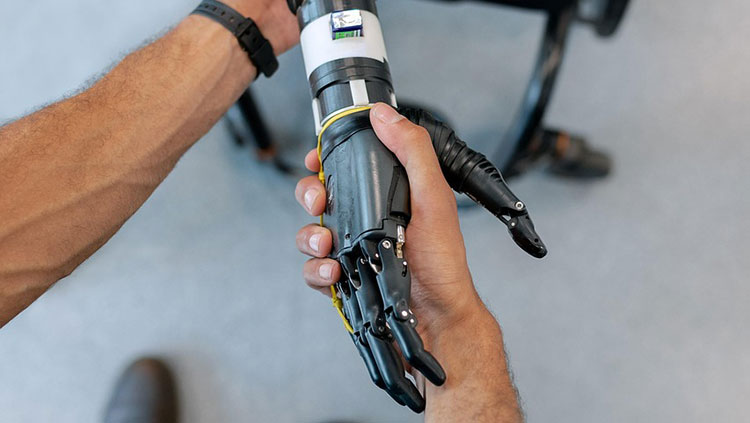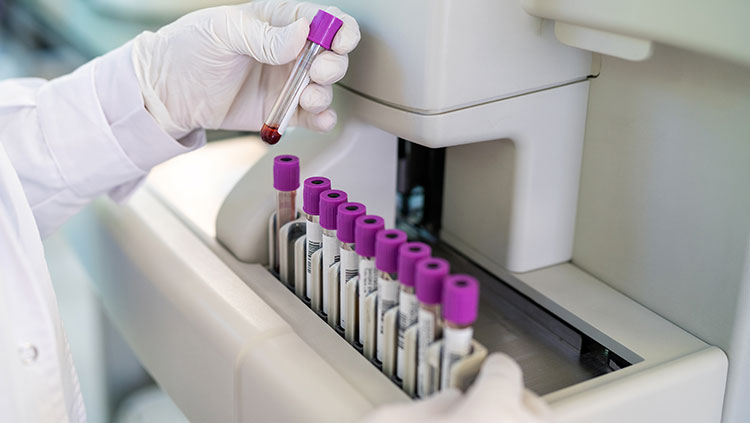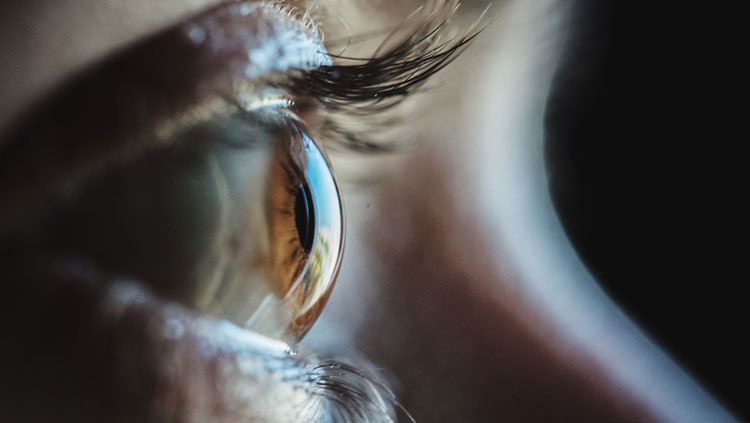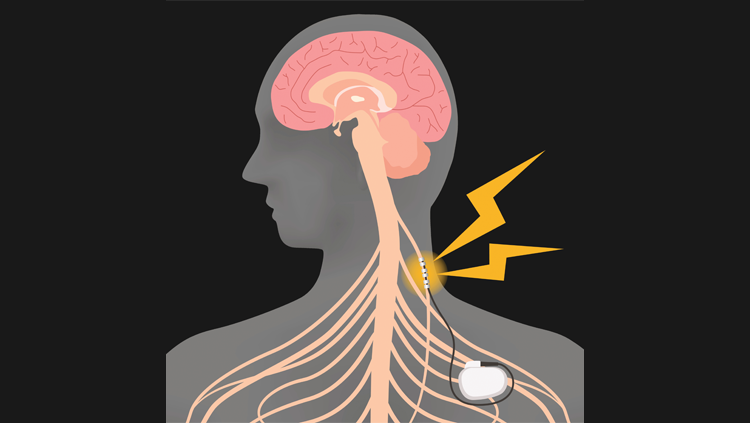ICYMI: Can’t This Thing Go Any Faster? Our Thoughts Obey a Strict, Slow Speed Limit
- Published9 Jan 2025
- Author Bella Isaacs-Thomas
- Source BrainFacts/SfN

Countless activities can get the mind whirring: taking a long walk, reading a riveting book, having an animated conversation with a good friend. But even when it feels like the brain is firing on all cylinders, it turns out the human ability to process information runs up against a strict biological speed limit. Regardless of the task at hand, people think, perceive, and coordinate movement at a leisurely pace of around just 10 bits of information per second (10 bits/s), starkly slower than the rate at which our sensory systems bombard the brain with information, according to a perspective paper published Dec. 17, 2024, in Neuron.
Authors Jieyu Zheng and Markus Meister of the California Institute of Technology arrived at this figure — 10 bits/s — by analyzing a wide range of data, including studies on the timing of cognitive tasks like typing, competitive Rubik’s cube solving, and memory contests. They concluded everyone is bound by this limitation, and also found the maximum amount of information a person could absorb in a single lifetime could easily fit on the average thumb drive.
Big Picture: A thinking rate of 10 bits/s is a whopping 100 million times less than the 1 billion bits/s our sensory systems process throughout the day. The researchers describe an “outer brain” which takes in the deluge of information from the outside world, and an “inner brain” tasked with putting the tiny fraction of data it receives to good use. The reason behind this information chasm isn’t clear, and Zheng and Meister call for more research regarding the relationship between these two facets of the brain. They also advocate for further inquiry as to why humans can concentrate on just one thought at a time — rather than juggling several at once — despite the billions of neurons available in the brain.
Read More: The Unbelievable Slowness of Thinking. Scientific American
More Top Stories
- A temporary scalp tattoo could offer patients a customizable, higher-efficiency route to EEG monitoring — provided they have little to no hair. New Scientist
- Slow-wave sleep primes the neocortex to store long-term memories. Popular Science
- Thirteen proteins associated with brain aging could serve as useful biomarkers for monitoring brain health. Nature
- First-time ADHD diagnoses are on the rise among older adults in the United States. New York Times
- Skull malformation could be the cause of some schizophrenia cases. Live Science
- London taxi drivers appear to die due to Alzheimer’s at lower rates compared to other workers. STAT
- A new study suggests axons may more closely resemble beads on a string than smooth lines, contrary to their typical depiction in textbooks. Science News
- Microbes in the gut may have helped pave the way for humans to develop our large brains. Live Science
CONTENT PROVIDED BY
BrainFacts/SfN
References
Zheng, J., & Meister, M. (2024). The unbearable slowness of being: Why do we live at 10 bits/s?. Neuron, S0896-6273(24)00808-0. Advance online publication. https://doi.org/10.1016/j.neuron.2024.11.008


.jpg)




.jpg)











